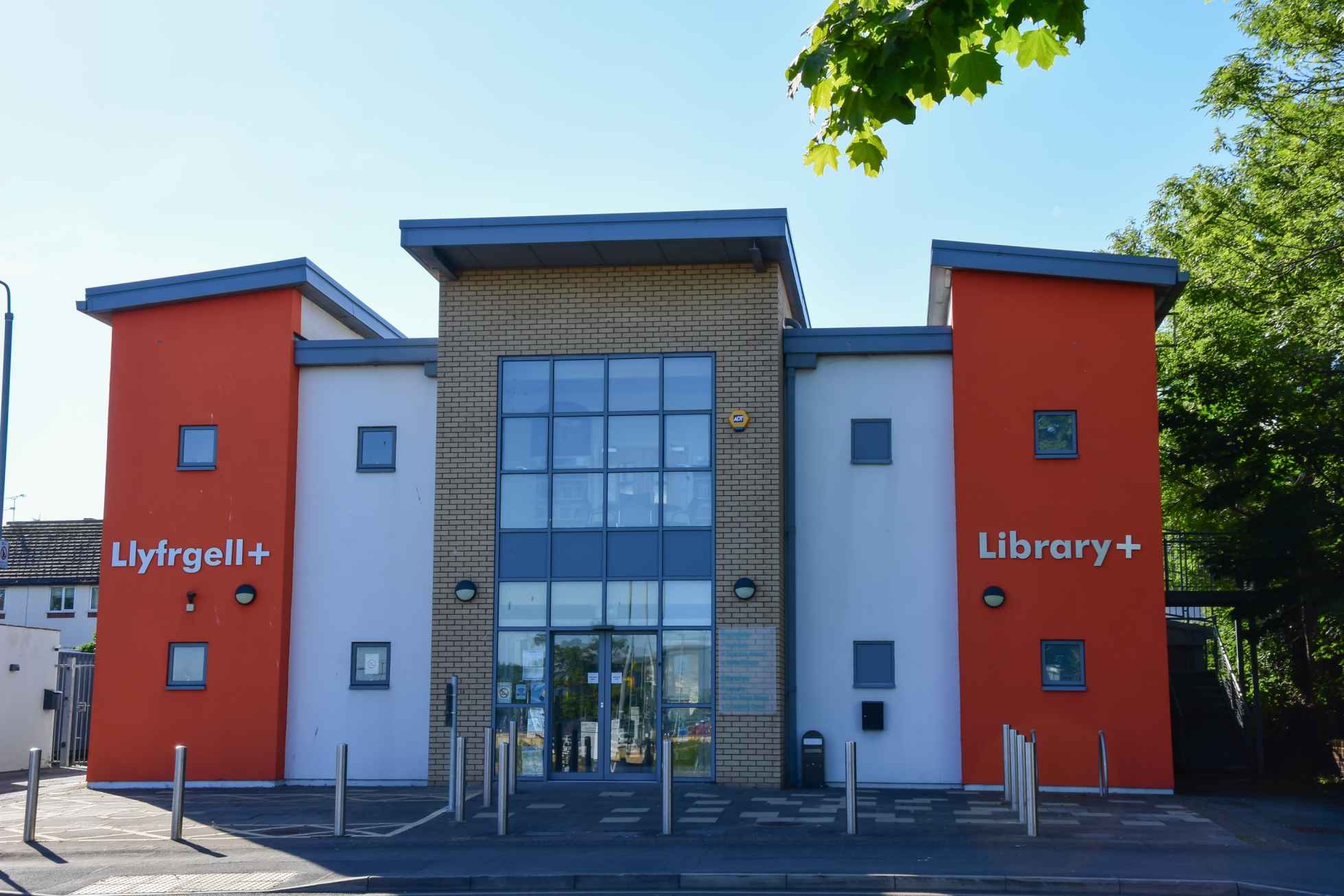How can communities in Wales ensure local facilities and services continue to be available to local people?
For some communities, the answer has been to take control of those assets themselves. That might mean buying, leasing or managing the asset. Sometimes it means creating a new asset from scratch.
What challenges does taking on a community asset present, and what support is available to communities that want to take forward a project? These were some of the issues the Senedd’s Local Government and Housing Committee looked at in summer 2022 as part of its community assets inquiry.
What is a community asset?
 A playpark, a leisure centre, a community centre, allotments, public toilets – all are examples of assets that we see in communities up and down Wales.
A playpark, a leisure centre, a community centre, allotments, public toilets – all are examples of assets that we see in communities up and down Wales.
The Building Communities Trust has mapped over 400 community owned or run assets across Wales. This shows the wide variety of assets that are under community control. For instance, there’s a cinema in Merthyr, woodland in Swansea and a swimming pool in Wrexham.
It's not just about land and buildings though. The biggest asset of any community is its people - local people with the skills, commitment and knowledge of their own community who are willing to give their time, often on a voluntary basis, to help run a community asset.
Taking control
Assets can come under community control through different routes. Sometimes a public body, most often a local authority, will start the process of transferring an asset to the community. Community Asset Transfer is supported by Welsh Government guidance, and some public bodies have their own asset transfer policy and dedicated officers to facilitate transfers.
It can be a daunting experience for a community to take on an asset, particularly one delivering a service to the public. The transfer process may be driven by a public body’s need to cut costs, and any existing service could be making a loss.
But asset transfers can and do work. Ystadau Cymru has published case studies of successful transfers showing what can be achieved with commitment from public bodies and communities.
Bringing private sector assets under community control brings its own challenges. Competing on the open market to buy land or buildings can prove too much for communities with limited financial resources competing against buyers with deep pockets.
Taking on an asset, public or private, means taking on risks and liabilities. Fixing that leaky roof, dealing with staffing issues and paying soaring energy bills will all fall to the community group. Some groups will have many of the necessary skills and knowledge within their community, but others will need a range of support and guidance to make their project work.
Challenges
As a project progresses, from inception to running an established community asset, different challenges will present themselves.
Initially, a community group may not even legally exist to take on the asset. They will need to consider whether they need to constitute themselves formally, for example establishing a trust or a charity to progress the project further. That may be a condition of accessing some funding, or asset transfers from the public sector.
Securing funding to ensure the establishment and long-term viability of a community asset is part of every project. Grants or loans can help, for example from the Welsh Government’s Community Facilities Programme, the Community Asset Loan Fund or the National Lottery’s Community Fund.
Depending on the asset, there may be an opportunity to develop an income stream such as from room hire, providing a café or charging an admission fee. The Bevan Foundation has highlighted the opportunities that community ownership presents to build community wealth, such as through providing local employment and supporting local supply chains.
Communities in other parts of the UK have rights that simply don’t exist in Wales. For example, the Community Right to Buy in Scotland and the Community Right to Bid in England.
Potential legal reforms, as well as some of the other challenges facing community ownership in Wales, were explored in two reports published in 2022. The Institute of Welsh Affairs said Welsh communities “appeared to be some of the least empowered on this island” and Cwmpas saw community ownership of land and assets as a way to deliver more community led housing.
What did the Committee recommend?
The Committee’s community assets report made 16 recommendations, all but one were accepted in full or in principle by the Welsh Government.
The Welsh Government has accepted in principle a recommendation to establish a commission, as proposed by Cwmpas, to stimulate innovative thinking on community ownership of land and assets.
The Committee recommended that a commission could look at issues including how communities wanting to take forward an asset transfer can access the support they need, and it could also consider possible legislative approaches to empower communities.
The Senedd will debate the Committee’s community assets report on 12 January 2023. You can watch the debate on Senedd.tv.
Article by Jonathan Baxter, Senedd Research, Welsh Parliament






